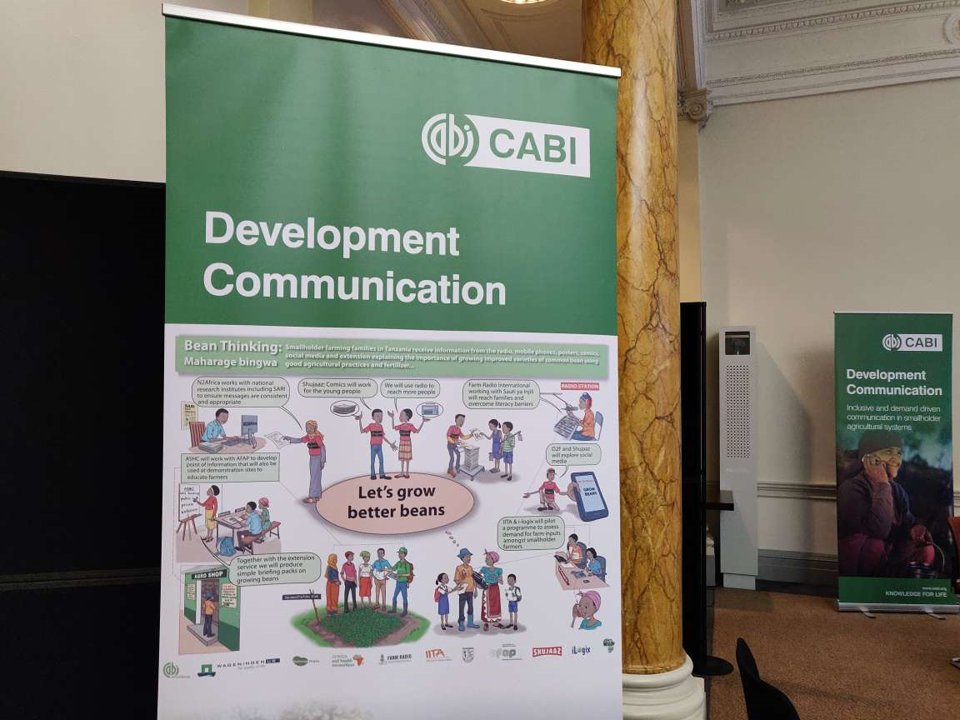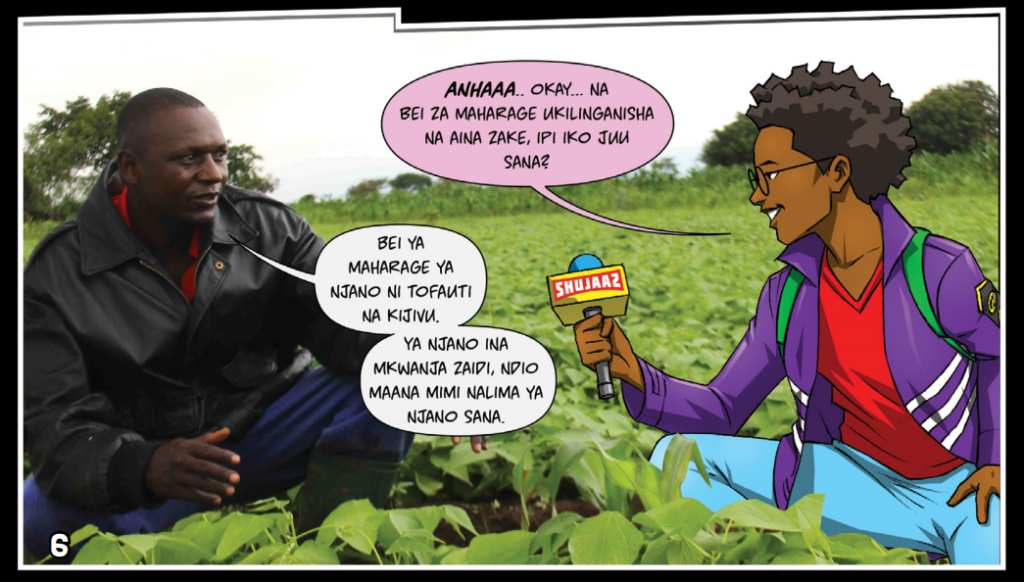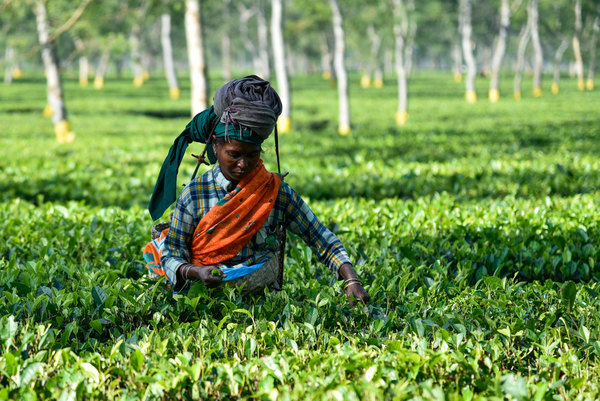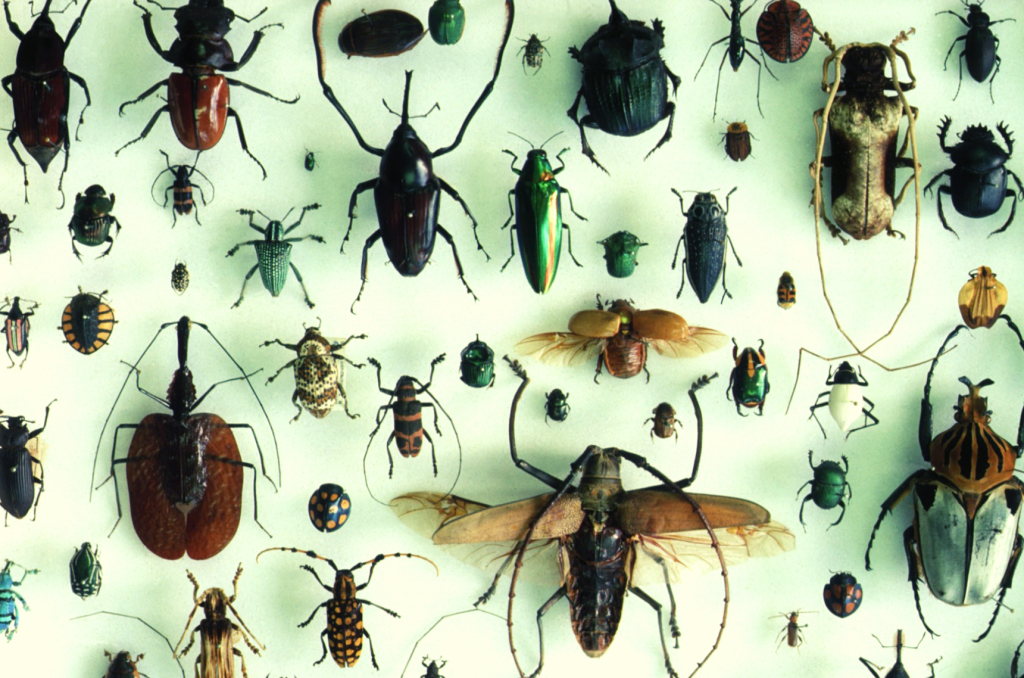The Legume Alliance
Reblogged from N2Africa. Back in 2015, a group of like-minded organizations came together to explore the idea of forming an alliance to improve the information provided about improved legume techniques for farmers. The idea of this Legume Alliance was to test a new integrated approach to developing and sharing agricultural information. Farmers did not always…
CABI’s Dialogue in Agriculture brings experts together to share learning in development communication
At the end of November, CABI’s development communication team brought stakeholders and key partners together in the first event of its kind called - ‘Dialogue in Agriculture: Inclusive and demand-driven communication in smallholder agricultural systems’ - to share learning from recent communication campaigns in parts of Africa and Asia.
How comics, pop music and drama deliver down-to-earth messages to help African farmers improve their soil
5 December is World Soil Day. Soil is a life source for healthy ecosystems, healthy food and, ultimately, healthy humans. With a growing population, the soil that’s cultivated will have to feed many more people, but it will only be able to do this if soil fertility is managed.
Halloween blog special
Did you know that in many countries around the world pumpkins are a beloved staple food – not just in the Autumn/Fall and during Halloween but all year round? Yet, this humble cultivar of a squash plant, like any other food, is susceptible to a range of pesky pests – from the Pumpkin Beetle to…
Scientists release new allies in the battle against invasive yellow toadflax in the Rocky Mountains
A team of international scientists are collaborating to fight the noxious weed yellow toadflax (Linaria vulgaris) in Montana’s world-famous Rocky Mountains with the help of a tiny insect – the shoot-galling weevil Rhinusa pilosa. Yellow toadflax, first introduced from Wales in the late 1600s as an ornamental and medicinal plant and to make textile dyes,…
App-based agriculture for a tech-savvy farmer
Agriculture in Sub-Saharan Africa is undergoing a digital revolution bought about through the advancement and increasing availability of mobile technologies. Improved affordability has placed mobile devices in the hands of more African’s than ever before, with 444 million subscribed users in 2017. Take Tanzania for example where the average cost of mobile phones has fallen…
Story maps: visualizing multimedia development communications
The famous statistician, Hans Rosling, used to say the aim is to go from numbers to information to understanding. This is the essence of how data should be used, shared and presented. Data can be presented in many different ways but maps are perhaps the best way of visualizing spatial information. As technology has progressed…
Taking action on invasives and youth unemployment in Zambia
Youth unemployment is a significant economic and social burden for Zambia. So too is the impact of invasive species on agricultural production and the natural environment. Are these mutually exclusive challenges, or can youth unemployment and tackling agricultural challenges, such as invasive species, be effectively positioned together to deliver jobs, food security and sustainable agriculture?…
When a Hollywood star came to CABI
The online market place goliath, and newly emerging leader in film and TV programme production, Amazon, visited CABI’s centre in Egham, UK to shoot footage for a new Amazon Prime Original series called This Giant Beast that is the Global Economy. The globe-spanning docuseries brings the smart, stylized storytelling of Adam McKay’s The Big…
Why a global insect decline affects us all
Insects crucial for ecosystem functioning and food production A comprehensive review of insect declines around the world gives a stark picture of the scale of the declines and the consequences both for ecology and human welfare. The paper, published in Biological Conservation, warns that 40% of the world’s insect species could become extinct within a few…







